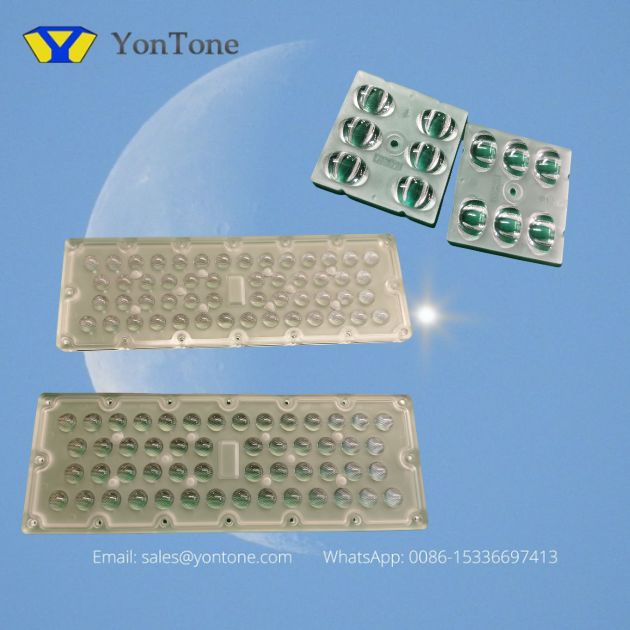Bubbles in plastic molding can be caused by various factors, and the corresponding solutions are as follows:
-
Contents hide
Improper Molding Conditions:
- Low injection pressure, too fast speed: Increase injection pressure and decrease injection speed appropriately.
- Short time and cycle: Adjust injection and holding times.
- Excessive or insufficient material feeding: Control the material feeding amount.
- Insufficient holding pressure: Increase holding pressure.
- Uneven or insufficient cooling: Improve cooling conditions, consider immediate immersion in hot water for gradual cooling.
- Improper temperature control for material and mold: Adjust material and mold temperatures.
-
Mold Defects:
- Incorrect gate position: Set the gate at the thick-walled section of the plastic part, and adjust the gate size.
- Too small gate cross-section: Avoid direct gating, adjust gating form, prolong holding time, and increase material supply.
- Long and narrow runners: Shorten and widen long, narrow runners.
- Dead spots for trapped air or poor mold venting: Eliminate trapped air dead spots in runners, improve mold venting.
-
Material Not Meeting Requirements:
- Incorrect gate position: Set the gate at the thick-walled section of the plastic part.
- Too small gate cross-section: Adjust gate size to ensure proportionality with the weight of the plastic part.
- Poor mold venting: Eliminate faults in mold venting.
- Significant thickness variations in the plastic part: Avoid such designs, ensuring uniform thickness.
-
Other Reasons:
- Insufficient pre-drying: Thoroughly pre-dry the material.
- Generation of volatile gases: Lower resin temperature to prevent the generation of decomposed gases.
- Poor flowability: Increase resin and mold temperatures, and raise injection speed.
By considering and implementing appropriate measures for these factors, it is possible to effectively reduce or eliminate the occurrence of bubbles in plastic products.
For plastic mold production and design, consider Yontone, a trusted industry leader with 35 years of expertise in mold manufacturing. Your trust is well-placed with our professional experience.


